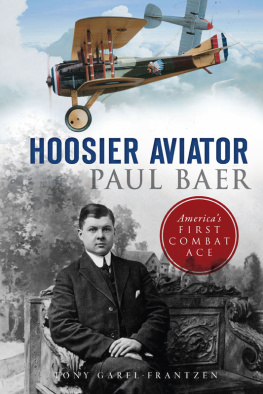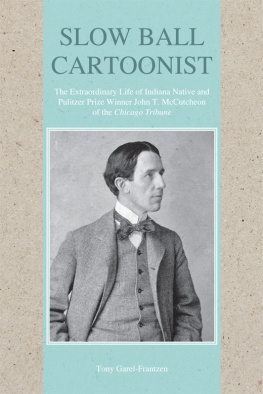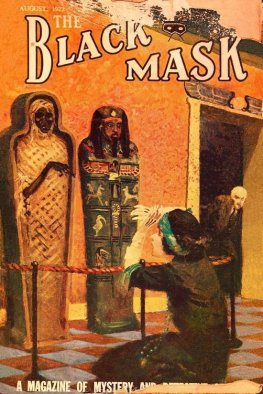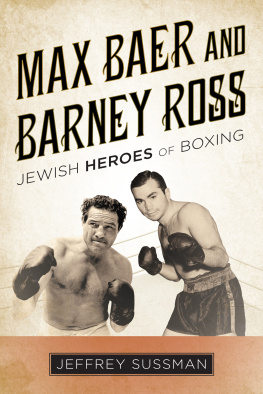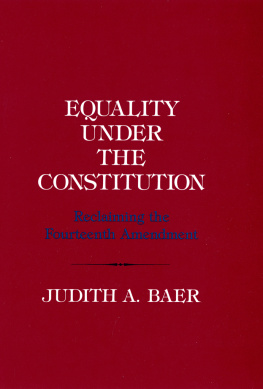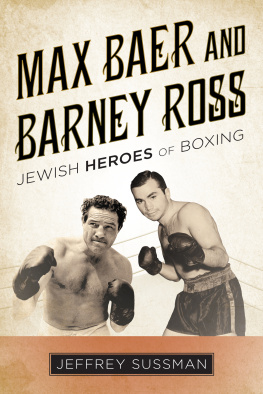


Published by The History Press
Charleston, SC
www.historypress.net
Copyright 2017 by Tony Garel-Frantzen
All rights reserved
Cover: From an original painting by Ivan Berryman. Reproduced courtesy of Cranston Fine Prints.
First published 2017
e-book edition 2017
ISBN 978.1.43966.377.6
Library of Congress Control Number: 2017948511
print edition ISBN 978.1.46713.849.9
Notice: The information in this book is true and complete to the best of our knowledge. It is offered without guarantee on the part of the author or The History Press. The author and The History Press disclaim all liability in connection with the use of this book.
All rights reserved. No part of this book may be reproduced or transmitted in any form whatsoever without prior written permission from the publisher except in the case of brief quotations embodied in critical articles and reviews.
To Helene, Anna, Adam and Alex.
CONTENTS
ACKNOWLEDGEMENTS
No project of this nature is ever successfully completed in a vacuum. Numerous helpers deserve my gratitude. I begin with the cover image, 1st Lt. Paul Baer, which is from an original painting by Ivan Berryman, reproduced courtesy of Cranston Fine Arts. Thanks also go to author Dennis Gordon (The Lafayette Flying Corps) and Carey Massimini of Schiffer Publishing Ltd. for their permission to use citations. A hearty thank-you goes to Walter Font and his staff at the Allen CountyFort Wayne Historical Society for their kind assistance in providing rare materials that add rich detail to the story of Lieutenant Baers life.
The author also is grateful for the invaluable help provided by Allison DePrey Singleton at the Allen CountyFort Wayne Public Library Genealogy Department. Finally, a salute to Lieutenant Baer, my father, my father-in-law, an uncle I never got to know and all those who fought and died to protect us: Thank you for your service and your iron determination to ensure the triumph of good over evil so that we may enjoy our freedom today.
Last but not least, many thanks to John Rodrigue, Ryan Finn and The History Press staff for helping tell a hero aces story.
INTRODUCTION
Artillery. Cavalry. Infantry. In his book Heroes of Aviation, Laurence La Tourette Driggs observed that for centuries, nations placed their faith in these three venerable military tools to achieve strategic goals and obtain ultimate victory in war. Together, they were unchallenged in their exclusive hold over the ability to deliver the pinnacles of achievement in military conflicts.
Unchallenged, that is, until the dawn of the twentieth century. Orville and Wilbur Wright changed this long-standing military arrangement with the success of their Wright Flyer at Kitty Hawk in 1903. With the introduction of the airplane, control of the air rapidly became not only the fourth tool of military forces but also the primary requirement for a victorious offense or defense in the twentieth century.
Aviation pioneer General Henry H. Hap Arnold, a visionary in the use of air power, once observed that a modern, autonomous and thoroughly trained air forcewill not alone be sufficient, but without it there can be no national security.
It did not take long into World War I for each side to recognize the advantage in sending aloft observersfirst in balloons and then in flying contraptions made of wood, fabric and glueto help track even the smallest movement of enemy forces. Military planners reaped the benefits. Camouflaged artillery became revealed. Massing of men and machinery could now be foreseen. Few places afforded true hiding from these aerial scouts, whose wicked sister, the artillery, could then pummel sites beyond recognition.
The dangers in perfecting this new tactic were many and ever-present. Yet the furious pace of war forced the aviation industry through a whirlwind of changes and ultimately produced three types of combat aircraft: fighters, observation planes and bombers.
Sadly, for purposes of posterity, few living in the twenty-first century recall the absolute horror that the war to end all wars reaped on Europe. Two examples are illustrative. The British lost 20,000 infantrymen on one day at the Battle of the Somme. The French suffered 250,000 casualties at the Battle of the Marne. Civilians, horrified at such carnage, sought relief. They found it in the skies over Europe.
In this work, readers will follow the life of Americas first aerial combat ace and his daring quest to engage in modern-day jousts in the sky battles that were reminiscent of knights competing in tourneys of old. These knights of the air helped provide relief to the large-scale horrors of combat. Millions of deaths occurred on the ground from all causes during World War I. By contrast, fewer than fifteen thousand airmen were killed in battle in the air in all theaters. Daring young men like Paul Baer, in their dashing uniforms and performing heretofore unimaginable feats of aerial acrobatics, provided distraction to civilians weary of the bloodbath caused by the wholesale waste of entire generations of men in the carnage and unspeakable conditions of trench warfare.
Why did men like Paul Baer, their average age in the early twenties, trade the normalcy and the security of civilian life to test their destiny in the new air war? Some sought to escape troubled pasts. Others were drawn to the romance of the adventure in a far-off land. But few had an accurate understanding of the true risks they were about to face.
Whatever the reasons, we remain indebted to Paul Baer and all those brave airmen whose efforts and contributions wrought a righteous outcome from those terrible times.
PART I
AN APPRENTICE HUNTER
CHAPTER 1
BAERS BEGINNINGS
Like most years in human history, 1866 served up a potpourri of contrasting events ranging from the trifling to the triumphant, the tedious to the transformational.
Americans grappled with the work of uniting the nation after four years of bitter civil war. The first daylight armed robbery of a bank in peacetime occurred in Liberty, Missouri, courtesy of outlaw Jesse James. Anne Sullivan, born in Massachusetts, was destined to be instrumental in helping Helen Keller overcome the dual scourge of being deaf and blind. In Cincinnati, the Red Stockings baseball club, predecessor of the modern-day Cincinnati Reds, was organized in July. Robert Leroy Parker was born in Utah and set forth on his journey to be a professional robber of trains and banks. Most know him better as Butch Cassidy, leader of the Wild Bunch gang. A Quaker pharmacist invented what we now call root beer. No doubt creatures everywhere breathed a sigh of relief upon learning the American Society for the Prevention of Cruelty to Animals (ASPCA) was founded in New York City.
The story of Paul Baer also has its beginnings in January 1866. Many of the early facts about his family life have faded in the foggy passage of time. A timeline from the precious few details still recoverable begins with his mother.
As the country welcomed in the new year, Hiram and Emeline Parent also welcomed their fourth child, Emma. According to the 1870 U.S. Federal Census,thirty-five, reported her occupation as keeping house. Their daughter, Emma, was born in Fort Wayne (Allen County), Indiana. She joined the Parent family, which already included two girls and a boy: Mary, fourteen; William, ten; and Kitty, four.
Next page
